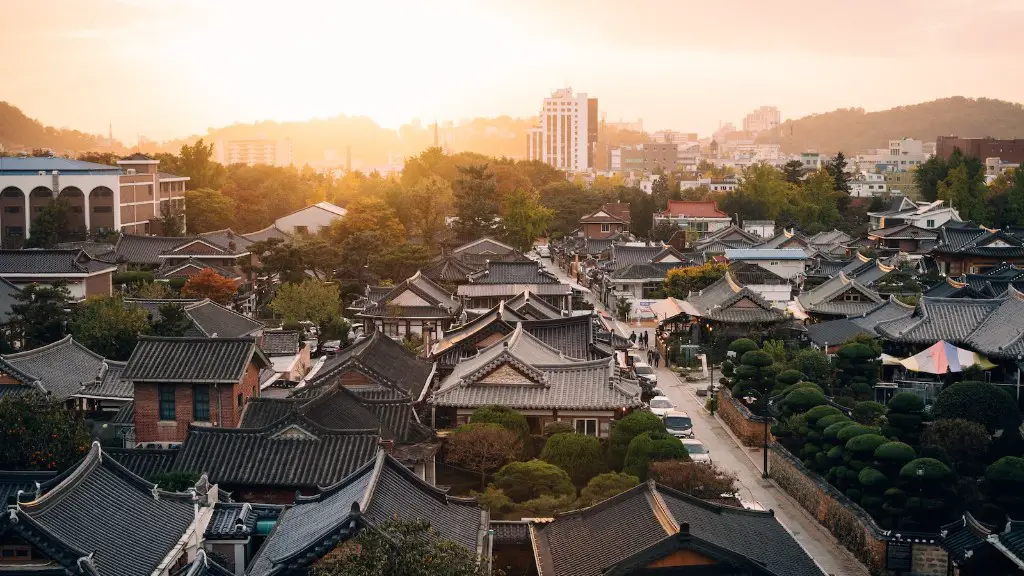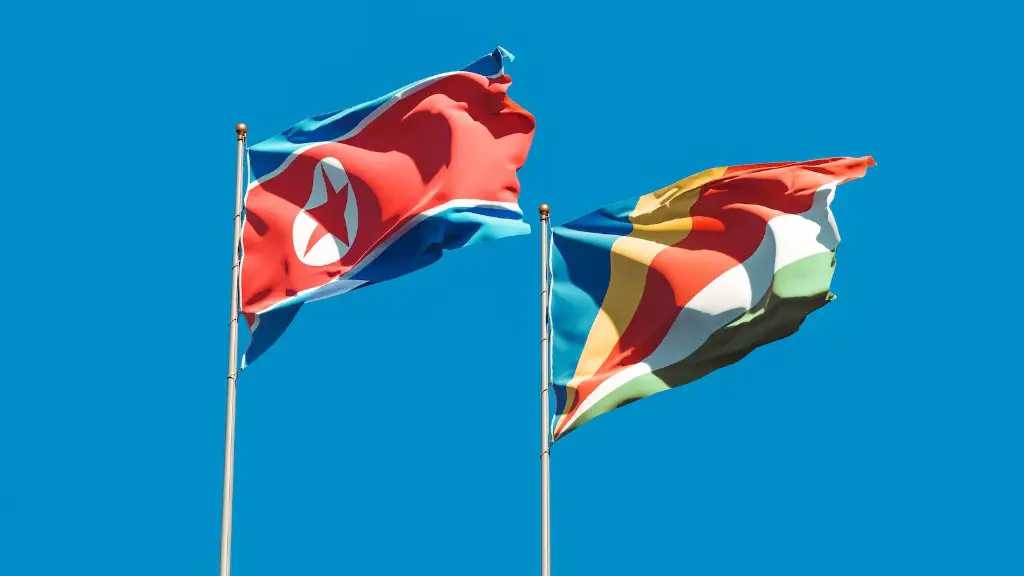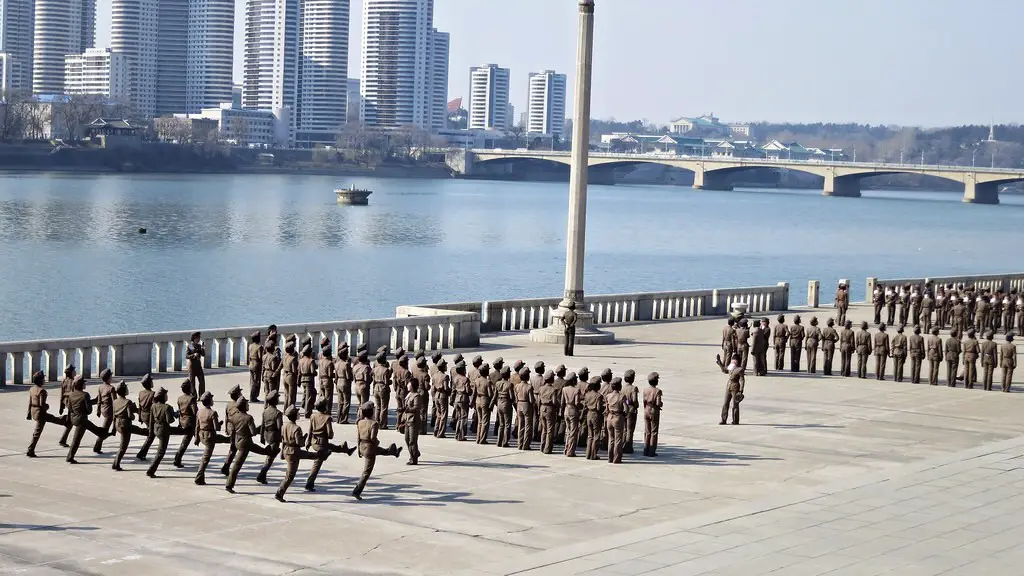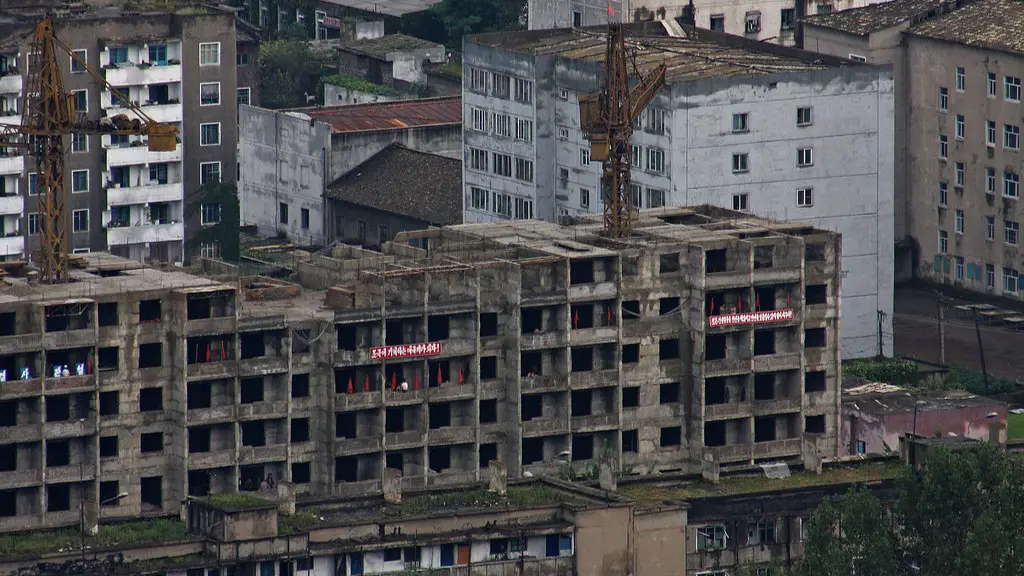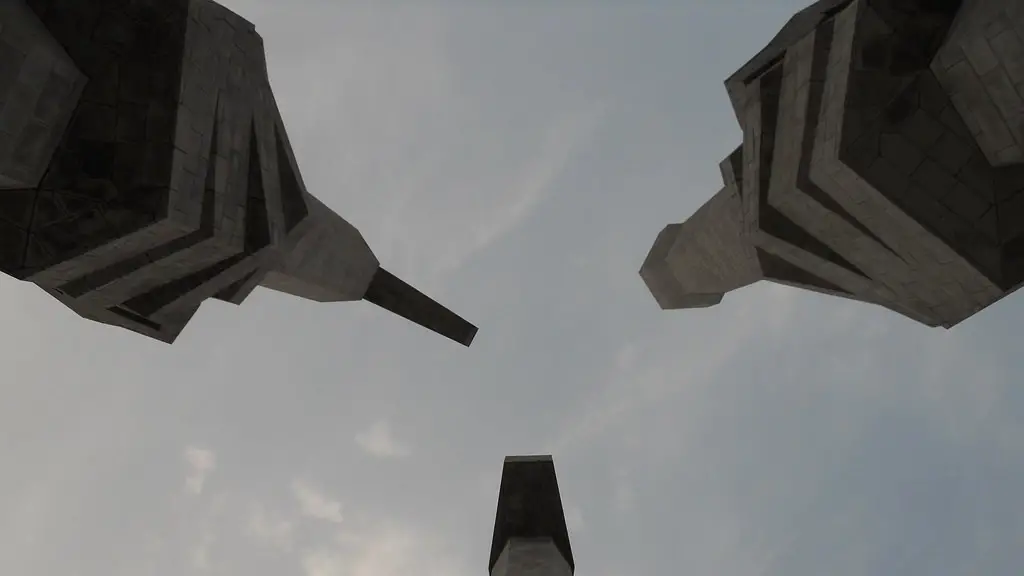Overview Of Korean Conflicts
The Korean peninsula has long been at the center of conflict in the Eastern Hemisphere, for centuries before the Korean War of 1950-53. Throughout the 19th and 20th centuries, Korea was a battlefield for foreign powers, between the Japanese, Chinese and Russians. Later still, it became a turbulent colony of Japan, feeling the full brunt of Japanese hostility against the native population. Following their defeat in the Second World War, Japan was forced to surrender its colonial power in Korea, and two separate states were established – North Korea and South Korea.
The two nations have been in conflict ever since, and have almost endured a state of war on the peninsula. The Korean War of 1950-53 is the most significant conflict in the modern history of the region, and it saw the North and South separated right across the 38th Parallel. This is still the recognized international border between the two countries. But why did this war happen, and why was the peninsula divided in the first place?
Cold War Politics
The answer lies in Cold War politics, and the competition and conflict between superpowers in the mid 20th century. In 1945, the United States, Britain and the Soviet Union occupied the peninsula and divided it into two administrative regions. This was a temporary measure put in place to facilitate reforms within the country, but it was soon to become the permanent border that it is today. But why didn’t the American and Soviet administrators try to tackle the political and social divisions on the peninsula?
The reason is because the two countries were locked in an ideological and political battle for global domination, and neither was willing to back down. Both countries began to foment revolutions in their respective regions, attempting to create satellite states that they could use to further their own interest and gain more power in the region. North Korea was soon under the control of the Communist North Korean government, while South Korea was a democracy backed by the United States.
The Cold War had created a hostile environment where the two countries were locked in an ideological war, and each was looking to expand its influence in the region. This led to increased tensions between the two countries, and eventually culminated in the open fighting of the Korean War.
Regional Challenges
The Korean peninsula had long been a point of conflict and competition for regional powers. China, Japan and Russia all had fought for control over the region, as well as its resources and ports. The peninsula was also strategically important for its proximity to Japan, and its location at the center of East Asia. This meant that whoever controlled the region had a powerful hold over the wider area.
This strategic importance and competition between powers was not lost on the American and Soviet administrators who divided the peninsula in 1945. They were well aware of the potential for conflict in the region, and sought to maintain their own influence and control over the region. This was the background to the division of Korea, and is still an important factor in the current divisions between North and South Korea.
United Korea
Despite the divisions of the Korean War, the underlying desires of many in the peninsula have been for a unified Korea. This has been the dream of many of the population, and the issue of a united Korea has been a recurring theme in Korean politics. There have been several attempts to broker a reunification between North and South Korea, and to find a peaceful resolution to the conflict.
The most significant of these attempts was the Korean Summit of 2000, where the two Korean leaders met for the first time since the end of the Korean War. However, the talks did not lead to a lasting settlement, as the two sides could not agree on issues such as nuclear proliferation and economic investment.
Despite the efforts of international economic bodies such as the G20, the divisions between North and South Korea remain. The two sides have not been willing to make the necessary compromises that would lead to a reunification, and observers believe the deep ideological differences between the two countries make a lasting settlement unlikely.
Analysis Of Divisions
The divisions between North and South Korea are based on a long history of conflict and competition in the region, as well as the more recent Cold War rivalries that have shaped the peninsula. The divisions are further entrenched by the many ideological, economic and social differences between the two states. These divisions have led to an environment of hostility and distrust between the two sides, and to a reluctance to compromise in order to reach a reunification.
However, the dream of a reunited Korea is still alive, and there are groups in both North and South Korea who are actively working towards a peaceful and lasting settlement. While this is a distant goal, it is important to remember that many of the divisions we now see in the region are the result of decades of political and cultural conflict between regional powers, and the current situation is but one chapter in the long and complex history of the peninsula.
North Korean Politics
North Korea is one of the most secretive and authoritarian nations in the world, and its politics are steeped in a unique blend of communism and nationalism. Since its establishment in 1948, North Korea has been controlled by the ruling Kim family and its Stalinist ideology, which has resulted in a closed and oppressive state. While the North Korean people are largely deprived of basic rights and freedoms, the government has made significant efforts to maintain its grip on power.
In recent decades, North Korea has become increasingly isolated from the international community, preferring to focus on its own interests and survival. This has led to a number of international disputes, most notably its pursuit of nuclear weapons and its continued testing of missile technologies. Despite its nuclear capabilities, North Korea’s economy remains weak and heavily reliant on aid from other countries.
South Korean Politics
South Korea has one of the most successful and vibrant economies in the world, and has been at the forefront of the global technological revolution. Since its emergence following the Korean War, South Korea has undergone a period of intense transformation, becoming an economic powerhouse and a major player in global affairs. This success has been built on the back of an educated workforce, an open and vibrant society and an entrepreneurial spirit.
Politically, South Korea is a democracy, but it has seen growing instability in recent years, with a number of scandals involving the country’s former president. Despite this, South Korea is still one of the most stable democracies in the region, and its vibrant culture and economy make it an attractive destination for tourists from around the world.
Conclusion
The division of the Korean Peninsula is an issue that has plagued the region for decades, and one that still has no clear resolution. The divisions between North and South are rooted in Cold War politics and a long history of competition and conflict in the region, as well as ideological, economic and social differences. In spite of all this, there are still those working towards a reunified Korea, and they remain hopeful that a peaceful resolution can be found one day.
